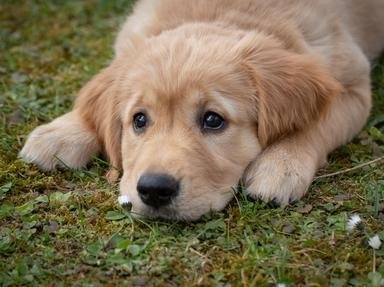Quiz Answer Key and Fun Facts
1. Where did the Great Dane (as it is today) originate?
2. Harlequin (white coat with black patches) is recognized as the most difficult to breed coat color for Danes. Which of the following colors of Dane may be used in producing harlequin offspring, if bred to a harlequin dog?
3. What job were Great Danes originally bred to perform?
4. What does a brindle Dane's coat look like?
5. What eye colors are permissible for the harlequin coloration in the Great Dane?
6. How old should a female Great Dane be before she is bred?
7. What is one of the medical conditions that Great Danes are particularly prone to?
8. What is the typical life span for a Great Dane?
9. Which of the following can you expect from a typical Great Dane?
10. Around the turn of the 20th century, the Great Dane was used in breeding programs to save another dog breed from extinction. What breed was this?
Source: Author
Villageboys
This quiz was reviewed by FunTrivia editor
crisw before going online.
Any errors found in FunTrivia content are routinely corrected through our feedback system.


